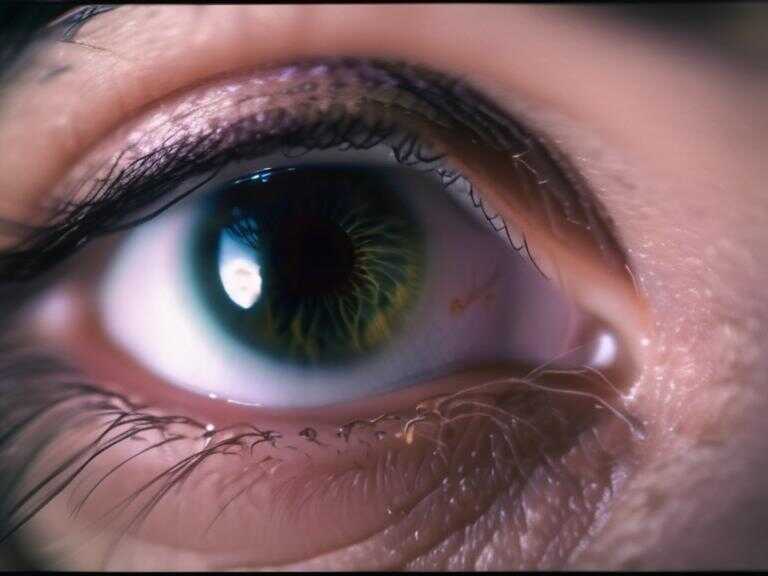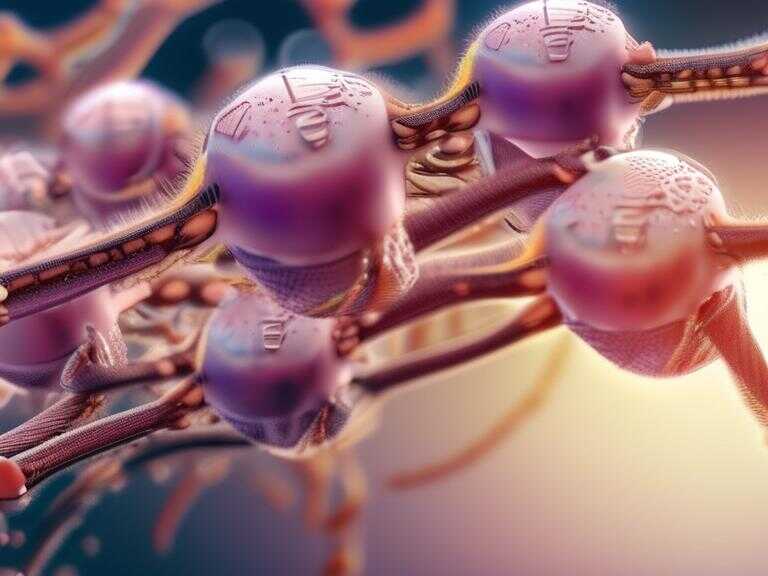
The Degradation of the Y Chromosome: Implications and Future of Sex Determination

Sex determination at birth hinges on the presence of chromosomes in the baby. Females have two X chromosomes, and males have one X and one Y chromosome. The Y chromosome is deteriorating, with the potential to diminish and eventually vanish in roughly 4.5 million years.
This phenomenon of sex chromosomes breaking down over time is not unique to humans. Some animal species have already experienced the loss of their Y chromosome or its associated genes, demonstrating the potential for adaptation and survival. Biologists remain optimistic, noting that significant gene loss has not occurred in humans over the past 25 million years.
However, the potential impact of Y chromosome changes on disease susceptibility, particularly cancer and Alzheimer's disease, cannot be ignored. While the disappearance of the Y chromosome could lead to challenges in reproduction, it is unlikely to be a cause for concern in the foreseeable future, as other factors are more likely to pose a threat to human survival.
Genetic Basis of Sex Determination
Sex determination at birth is based on the genetic composition of the individual, specifically the presence of X and Y chromosomes. Females inherit two X chromosomes (XX), while males inherit one X and one Y chromosome (XY).
Implications of Y Chromosome Deterioration
The potential deterioration and eventual disappearance of the Y chromosome raise questions about its implications for human evolution, disease susceptibility, and reproductive challenges.
Share news















